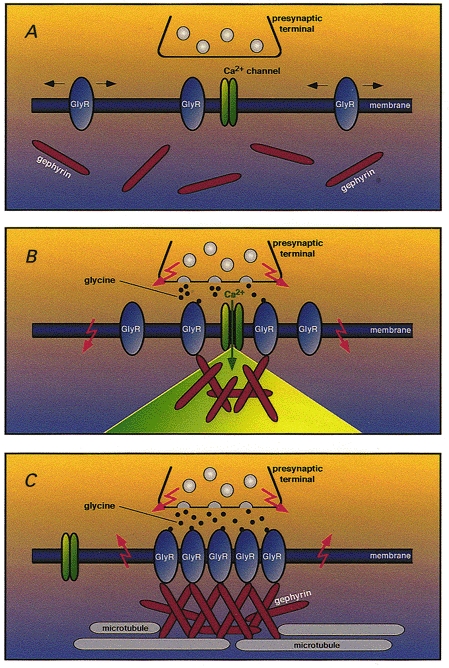Figure 1. A model for activity-dependent GlyR clustering at developing postsynaptic membrane specializations.

A glycinergic presynaptic terminal and a segment of the plasma membrane of a GlyR-expressing postsynaptic neuron are shown at different stages of synaptogenesis. A, immature stage: GlyRs are randomly distributed in the plasma membrane of the postsynaptic cell, whereas gephyrin is cytoplasmically localized. B, initiation of gephyrin cluster formation: release of glycine from the presynaptic terminal gates neighbouring GlyRs. This results in a depolarizing Cl− efflux (downward arrows) that activates nearby voltage-dependent Ca2+ channels. The resultant local microdomain of elevated Ca2+ concentration triggers the membrane apposition and aggregation of gephyrin at sites of GlyR activation. C, maturation stage: the growing submembraneous gephyrin aggregate traps additional GlyRs underneath the presynaptic terminal and immobilizes the receptors in the developing postsynaptic membrane by anchoring them to the subsynaptic cytoskeleton. Due to a change in Cl− equilibrium potential, GlyR activation triggers Cl− influx causing hyperpolarization (upward arrows), and thus inhibition of neuronal firing. This model is based on data by Kirsch & Betz (1998) and does not include G protein-mediated signalling pathways that may also contribute to the clustering process (Kins et al. 2000).
